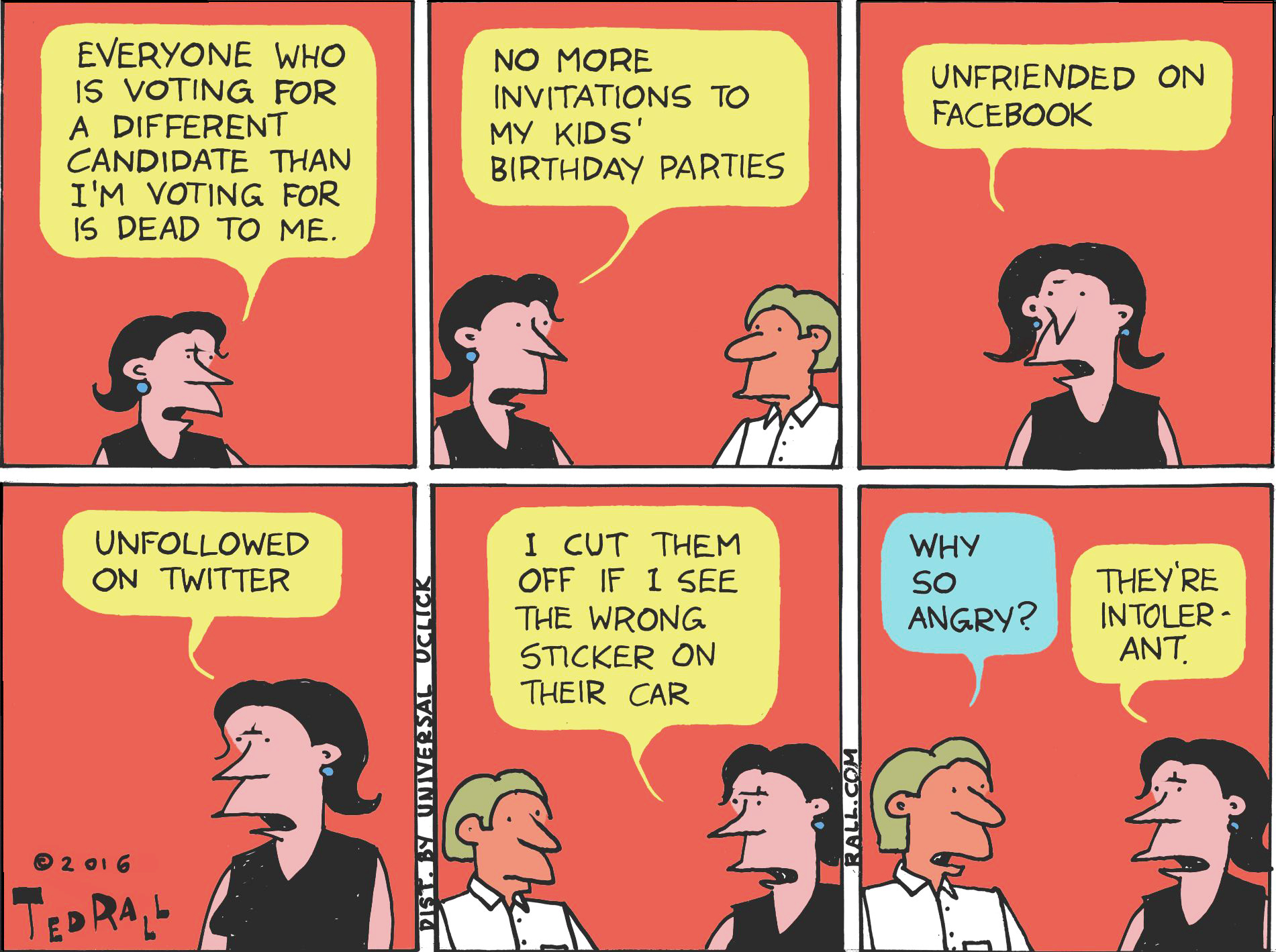To understand this nasty and nutty campaign, you have to go back to 1973, which is before roughly 60 percent of today's Americans were alive. The backward trip in time illuminates how the United States and, indeed, most advanced nations, became addicted to rapid economic growth and how this, in turn, polluted our politics. It bred disillusion and disappointment.
On the whole, 1973 was a good year for the U.S. economy, with one large exception: sharp rises in global oil prices. Otherwise, many indicators were upbeat. Unemployment averaged 4.9 percent. Gross domestic product — the economy's output — grew an astonishing 5.8 percent. The U.S. trade surplus was almost $2 billion.
We expected a stellar economy; that had been our experience since the late 1940s. Unfortunately, the powerful boom created expectations of perpetual (and rising) prosperity that can't be met. The year 1973 was a turning point, argues Marc Levinson in his provocative book "An Extraordinary Time: The End of the Postwar Boom and the Return of the Ordinary Economy." After the early 1970s, there were good times and bad, but rapid growth faded (one exception: the late 1990s).



















With your current subscription plan you can comment on stories. However, before writing your first comment, please create a display name in the Profile section of your subscriber account page.